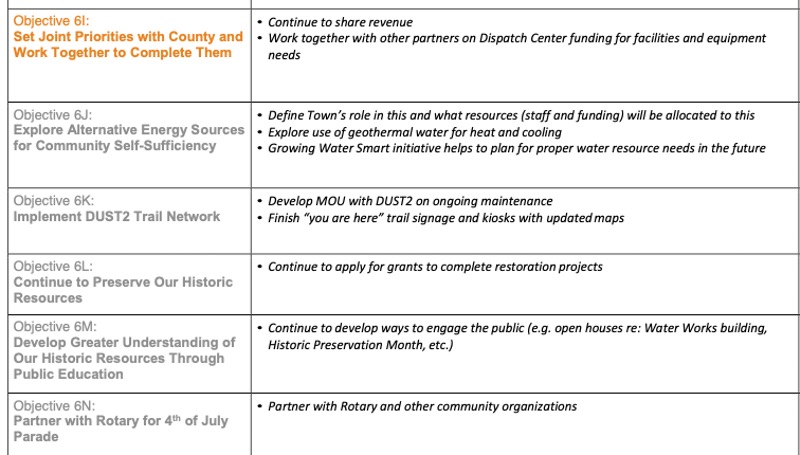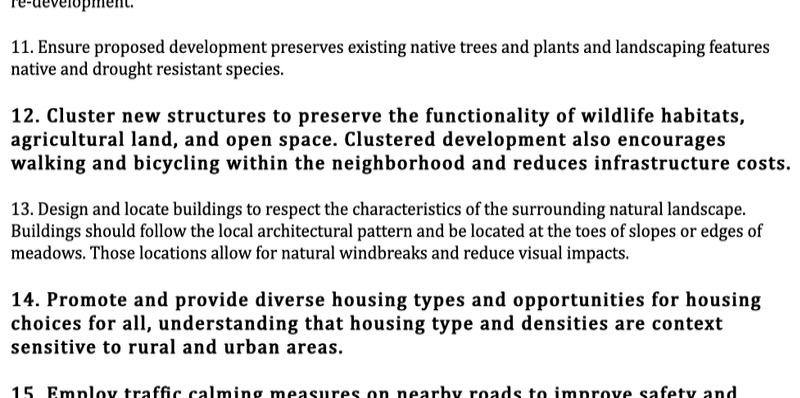Several businesses and non-profits joined forces to host the second annual ‘Cabin Fever Festival’ on Hot Springs Boulevard, adjacent to the Springs Resort in downtown Pagosa Springs, CO. The event’s main feature was a bonfire of shipping pallets and recycled Christmas trees… plus a DJ, locally brewed beer, food vendors and plenty of cell phone photography… and “friends meeting up with friends.” Several hundred people showed up to watch the fire and socialize. As former County Commissioner Michael Whiting notes in the two-minute video below, this was a “tribal meeting” that benefited Pagosa Climbing Initiative, a local climbing gym.
According to the event sponsors, this year’s ‘Cabin Fever Festival’ was better attended than last year’s… and better organized, featuring a larger bonfire and more vendors. Speaking as someone who has organized community events in the past, it’s a natural tendency to see the growth in participation — more people, more vendors, bigger bonfires, more cell phone videos posted to Facebook — as an indication that you’re doing things right, and that the future is brighter.
But of course, we don’t value growth in all situations. I came across an interesting article on pewresearch.org, discussing the size of the average American household. Back in the late 1700s, the average household accommodated almost 6 people. That was the average size — meaning that half of America’s households were larger than that. It wasn’t too unusual, in the early 1800s, for a married couple to be raising six, seven, eight of their own children, plus perhaps a cousin or two, and maybe an orphan to help with the chores.
Almost no young American families have more than three children in 2020. The most typical number appears to be two.
According to Pew Research, however, we are seeing something of a change over the past decade. As we approach the 2020 Census, it looks like the average household size in the US has increased just slightly… from 2.58 to 2.63. This increase in household size seems to be due, not necessarily to more children in a family, but rather to more adults sharing the same house. Adult children, for example. Roommates. Aging parents.
My own situation is perhaps an example of that change. I live in the same house with my daughter and her husband, and their two children, sharing expenses, meals, music, and stories. My own parents — may they rest in peace — would have never tolerated that kind of living situation.
A change from 2.58 to 2.63 people per household isn’t exactly a significant number, except that it might hint at how American society will function in the 21st century. Will we come to appreciate larger households in the future? Will we be forced to live together and share resources?
But let’s get back to seeing, and creating, Pagosa’s future. I quoted a paragraph from the Town of Pagosa Springs’ Land Use and Development Code (LUDC) yesterday in Part Two of this editorial series, concerning the duties of the Town Planning Commission:
1. Develop and recommend to the Town Council new policies, ordinances, administrative procedures, and other means that allow expansion to be accomplished in a coordinated and efficient manner;
We now have seven members on the Town Planning Commission — five regular members and two alternates, as required by the LUDC. Last summer the commission was down to only three members: builder Peter Adams, business owner Peter Hurley and professional engineer Chris Pitcher — but four people stepped up last fall to apply for the vacant seats. Writer Jeff Posey and hotel owner Anne-Marie Sukcik are new regular members, while former Parelli Natural Horsemanship president Mark Weiler has been appointed as an alternate, along with myself.
As you might imagine, by more than doubling the size of the commission, the Town Council has added new energy to this advisory group, and one of the first decisions made by the enlarged commission has been to embrace the (Number One?) mission of the Planning Commission: to develop and recommend new policies, ordinances, and administrative procedures to the Town Council. To that end, the Planning Commission has agreed to hold a work session prior to every regular meeting, to discuss possible policy recommendations. Commissioner Sukcik has recommended that our work begin with discussions about the goals in the Town’s Comprehensive Plan — updated in 2017 — and how those 363 goals relate to some goals set by the Town Council last summer.
You can download the Town Council Goals and Objectives here. These goals were developed during a one-day work session guided by local facilitator Yvonne Wilcox, the developer of the ‘Gainstorming’ problem-solving system. The session resulted in 56 prioritized goals for the 2019-2020 time frame, ranging from new Town facilities to better street maintenance; from downtown parking garages to more affordable housing; from increased recycling options to better community participation in Town government. We understand, of course, that only a few of the 56 goals can possibly be accomplished within a 2019-2020 time frame.
Eleven of the 56 goals are shown in ‘light gray’ indicating they are ‘low priorities’ for the current Council. Exploring alternative energy sources, for example, is a ‘low priority’ for the current Council, as is the DUST2 Trail Network, and the preservation of ‘our historic resources.’ This doesn’t necessarily mean these goals are unimportant; it merely implies that other priorities might come first.
For the 45 most important goals, the Council used red titles (for high priority) and golden yellow (for medium priority).

The Town Planning Commission did not participate in the June planning session, even though the commission is officially charged with developing planning policies, ordinances and procedures and recommending them to the Council.
Then we have the updated 2017 Comprehensive Plan. Is there a close correlation between the 363 goals listed in the Comprehensive Plan and the 45 “high priority” and “medium priority” goals adopted by the Town Council last summer? That’s a question the newly constituted Planning Commission might want to try and answer.
The Town’s updated Comprehensive Plan is available on the Town website. Some of the included goals appear, to me, to be aligned in some way with the 45 high- or medium-priority goals adopted by the Town Council last summer. For example, here are a few of the 363 goals in the Comprehensive Plan:

In the example shown above, Goal Number 13 — locating buildings relative to the landscape — aligns only very loosely with the Town Council’s 2019-2020 goals. But Goal 14 — promoting and providing “diverse housing types and opportunities for housing choices for all” — is in very clear alignment with one of the Town Council priority goals: the development of affordable housing.

Assuming there’s an overlap between the 45 most important Council goals and the 363 Comprehensive Plan goals… wouldn’t these aligned goals be priorities for the newly constituted Planning Commission to consider? When developing policies, ordinances and administrative procedures, as recommendations to Town Council?
That is to say, if we feel that Pagosa Springs is heading in generally the right direction, guided by government funding and regulations…
Pagosa Springs didn’t always want its local governments to play that kind of guiding role. Many people, for example, bought homes in the Pagosa Lakes area because they preferred to have a homeowners association protect their property rights, rather than rely on County government. Other folks bought property in the more rural areas of the county — Aspen Springs, for example, and Lower Blanco — because they wanted minimal government interference in how their future unfolded.
Shall we assume that the people living within the Town limits actually want the Town Council and Planning Commission directing land development? And if so, in what direction?
